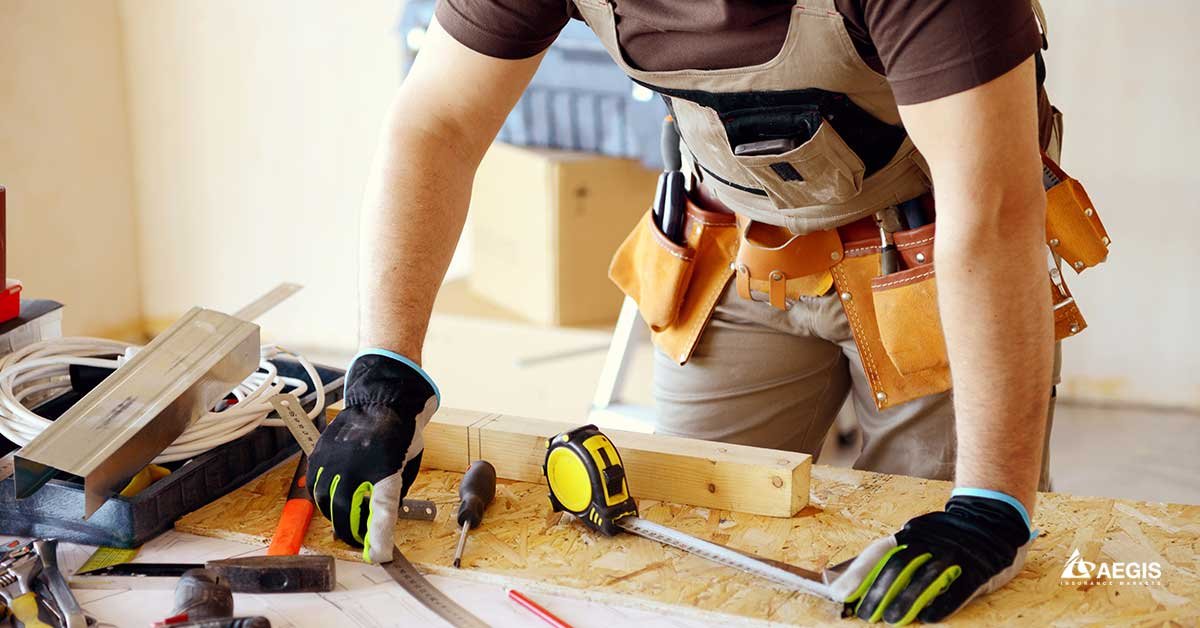
HOW MUCH IS TOOL INSURANCE
How much is tool insurance? When it comes to protecting your tools, tool insurance is an important consideration. Whether you’re a contractor, craftsman or hobbyist, your tools are an investment you rely on to get the job done. However, accidents do happen and tools can get lost, stolen or damaged. That’s why it’s important to understand the cost of tool insurance and how to protect your investment.
If you work in the construction industry, chances are you need tools to do your job effectively. However, traditional commercial property insurance policies may not protect your tools during transit or storage at your job sites. Moving items, as well as storing them elsewhere, carries risks. One way to protect your tools is to purchase tool insurance. Here you will find more detailed information on this topic.
How Much Is Tool Insurance?
How much is tool insurance? The cost of tool insurance can vary based on several factors, such as the type of tool you have, the value of the tool, the location where you will be using the tool, and the level of coverage you need. Some insurance companies may also consider your previous claim history and credit score when determining the cost of your insurance.
For example, if you are a contractor who uses expensive power tools on construction sites, your insurance premium may be higher than someone who only uses hand tools for hobby projects. This is because power tools are more expensive to replace and more likely to be stolen or damaged. If you work on job sites in high-crime areas, your insurance premium may be higher due to the increased risk of theft.
Another factor that affects the cost of tool insurance is the level of coverage you need. Some insurance companies offer different types of coverage, such as replacement cost coverage or actual cash value coverage. Replacement cost coverage gives you the money to replace your tools with new ones, while actual cash value coverage takes into account the depreciated value of your tools. Replacement cost coverage generally costs more than actual cash value coverage.
When it comes to determining the cost of tool insurance, it’s important to consider the value of your tool and the level of protection you need. To get an idea of the cost of tool insurance, you can contact insurance companies and get quotes for your specific needs. Keep in mind that it’s always a good idea to shop around and compare different insurance options before making a decision.
The median monthly insurance premium for tool insurance is $14. Policies with a $5,000 limit cost $169 per year. The median rules out low and high outliers and is therefore a better approximation of what you might pay.
But your insurance cost also depends on several factors, including:
- Coverage limits
- Property value
- Industry risks
- Coverage Type (Open Perils vs. Named Perils)
- Past claim history
- How often do you move your equipment?
The best way to find out the exact cost of tool insurance for your equipment is to talk to an insurance agent who can help you assess your insurance needs.
What Is Covered By Tool Insurance?
Tool and equipment cover is a variant of inland shipping insurance. It is designed to cover mobile equipment and tools wherever you have stashed them. Typically, commercial property insurance only covers your equipment when it is inside your premises. Your tool insurance covers the cost of repairing or replacing damaged, stolen or lost tools.
What Is Not Covered By Tool Insurance?
Your tool insurance does not cover all incidents. These are situations where tool insurance does not cover or your claim may be rejected:
- Standard tool insurance generally does not cover normal wear and tear
- Tools older than 5 years may not be covered
- Tool insurance does not cover damage due to intentional misuse or breakage.
- You may need to take out a separate policy for your very valuable tools and equipment
How To Reduce Tool Insurance Costs?
While tool insurance is an inexpensive way to protect your equipment, there are several strategies you can use to further reduce your insurance costs. For example, bundling coverage is a smart way to lower your insurance rates. Instead of purchasing multiple policies from multiple insurers, most insurance companies will offer you a discount on your insurance rates if you purchase multiple policies from one insurer.
The type of insurance also affects your rates. Specific risk policies only cover what is explicitly stated in the policy. Specific Perils policies also contain a list of specific exclusions. In other words, a named risk policy only covers damages arising from the perils specifically stated in the policy. Open/Comprehensive policies, on the other hand, cover everything except the exclusions that are explicitly stated in the policy. Open-risk policies generally offer broader coverage and therefore attract higher premiums compared to specific risk policies. Your insurance rates also depend on your claim history, so you should prioritize safety. By taking safety precautions, you can avoid claims for avoidable incidents.
How To Protect Your Equipment With A Tool Insurance?
As a business owner, tool insurance is one of the available options that you can use to protect your equipment. Tools are especially important assets because they largely determine whether you will be effective at your job and because you face multiple risks as you travel to your various workplaces.
- Understand your insurance needs: Before looking for tool insurance, make an inventory of all your equipment and assess its value. Determine how much coverage you need to fully protect your investment in the event of loss, theft or damage.
- Explore different insurance options: There are several types of tool insurance available, such as standard property insurance, inland waterway insurance, and equipment breakdown. Investigate the various options and determine which insurance policy suits you best.
- Look for a Reputable Insurance Company: Not all insurance companies are created equal. Look for a company with a good reputation, a history of claims payouts, and trained personnel who can answer your questions.
- Understand the policy cover: Read the policy carefully and understand what is and what is not covered. It’s important to know what types of losses are covered, what the policy limits are, and what the deductibles are.
- Consider additional coverage: Depending on the nature of your business, you may need additional coverage, such as liability insurance or workers’ compensation.
- Keep your equipment in good working order: Maintain and inspect your equipment regularly to ensure it is in good working order. This not only extends the life of your equipment but also helps you identify potential problems before they happen.
- Keep your insurance policy up to date: Check your insurance policy regularly to make sure it still meets your needs. Update it as needed to reflect changes in your business, such as the purchase of new equipment.
- Document your equipment: Keep detailed records of all your equipment, including purchase dates, make and model, and serial numbers. This helps you in case of loss or theft and makes it easier to file a claim.
Conclusion – How Much Is Tool Insurance?
In summary, the cost of tool insurance can vary based on several factors such as the type of tools, the value of the tools, the location where they will be used, the level of coverage required, and the history of claims and credit. It is important to consider the value of your tool and the level of protection you need when determining the cost of tool insurance. By comparing different insurance companies and requesting quotes, you can find the best coverage at the best price.







